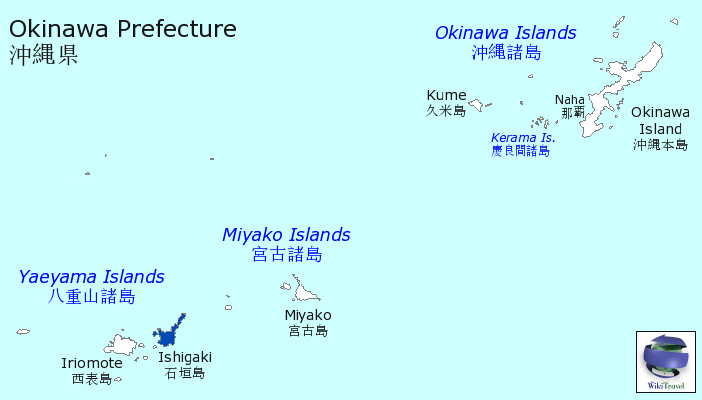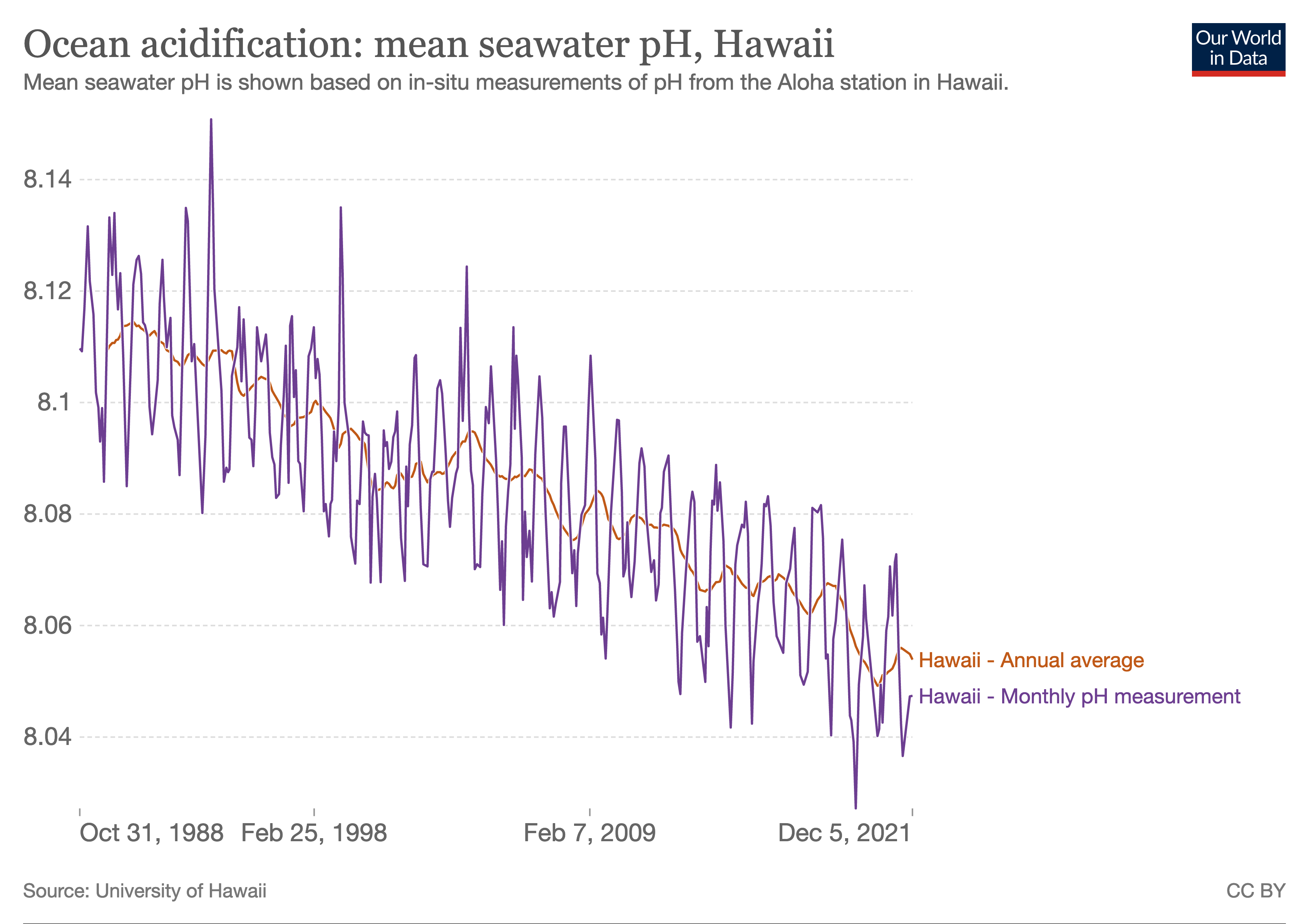|
Heliopora Coerulea
Blue coral (''Heliopora coerulea'') is a species of colonial coral. It is the only octocoral known to produce a massive skeleton. This skeleton is formed of aragonite, similar to that of scleractinia. Individual polyps live in tubes within the skeleton and are connected by a thin layer of tissue over the outside of the skeleton. Description The blue coral is the only extant octocoral with a massive skeleton, which is composed of fibrocrystalline aragonite (calcium carbonate). It is a hermatypic zooxanthellaete species with either blue or grey-grey polyps located within its skeleton, which each contain eight tentacles. Its colonies are either columnar, plates or branched. It is a tolerant species and is used in marine aquariums. Iron salts give the skeleton of ''Heliopora coerulea'' its unique color, which allows for easy recognition in fossil outcrops. As such, it is fairly abundant within paleontology, with fossils indicating the species has remained unchanged since the Cretac ... [...More Info...] [...Related Items...] OR: [Wikipedia] [Google] [Baidu] |
Peter Simon Pallas
Peter Simon Pallas Fellow of the Royal Society, FRS FRSE (22 September 1741 – 8 September 1811) was a Prussian zoologist and botanist who worked in Russia between 1767 and 1810. Life and work Peter Simon Pallas was born in Berlin, the son of Professor of Surgery Simon Pallas. He studied with private tutors and took an interest in natural history, later attending the University of Halle and the University of Göttingen. In 1760, he moved to the University of Leiden and passed his doctor's degree at the age of 19. Pallas travelled throughout the Netherlands and to London, improving his medical and surgical knowledge. He then settled at The Hague, and his new system of animal classification was praised by Georges Cuvier. Pallas wrote ''Miscellanea Zoologica'' (1766), which included descriptions of several vertebrates new to science which he had discovered in the Dutch museum collections. A planned voyage to southern Africa and the East Indies fell through when his father reca ... [...More Info...] [...Related Items...] OR: [Wikipedia] [Google] [Baidu] |
Vulnerable Species
A vulnerable species is a species which has been Conservation status, categorized by the International Union for Conservation of Nature as being threatened species, threatened with extinction unless the circumstances that are threatened species, threatening its survival and reproduction improve. Vulnerability is mainly caused by habitat loss or destruction of the species' home. Vulnerable habitat or species are monitored and can become increasingly threatened. Some species listed as "vulnerable" may be common in captivity (animal), captivity, an example being the military macaw. There are currently 5196 animals and 6789 plants classified as Vulnerable, compared with 1998 levels of 2815 and 3222, respectively. Practices such as cryoconservation of animal genetic resources have been enforced in efforts to conserve vulnerable breeds of livestock specifically. Criteria The International Union for Conservation of Nature uses several criteria to enter species in this category. A tax ... [...More Info...] [...Related Items...] OR: [Wikipedia] [Google] [Baidu] |
CITES
CITES (shorter name for the Convention on International Trade in Endangered Species of Wild Fauna and Flora, also known as the Washington Convention) is a multilateral treaty to protect endangered plants and animals from the threats of international trade. It was drafted as a result of a resolution adopted in 1963 at a meeting of members of the International Union for Conservation of Nature (IUCN). The convention was opened for signature in 1973 and CITES entered into force on 1 July 1975. Its aim is to ensure that international trade (import/export) in specimens of animals and plants included under CITES, does not threaten the survival of the species in the wild. This is achieved via a system of permits and certificates. CITES affords varying degrees of protection to more than 38,000 species. , Secretary-General of CITES is Ivonne Higuero. Background CITES is one of the largest and oldest conservation and sustainable use agreements in existence. There are three working langu ... [...More Info...] [...Related Items...] OR: [Wikipedia] [Google] [Baidu] |
Yaeyama Islands
The Yaeyama Islands (八重山列島 ''Yaeyama-rettō'', also 八重山諸島 ''Yaeyama-shotō'', Yaeyama: ''Yaima'', Yonaguni: ''Daama'', Okinawan: ''Yeema'', Northern Ryukyuan: ''Yapema'') are an archipelago in the southwest of Okinawa Prefecture, Japan, and cover . The islands are located southwest of the Miyako Islands, part of the Ryukyu Islands archipelago. The Yaeyama Islands are the remotest part of Japan from the main islands and contain Japan's most southern (Hateruma) and most western (Yonaguni) inhabited islands. The city of Ishigaki serves as the political, cultural, and economic center of the Yaeyama Islands. Natural history The Yaeyama Islands are home to numerous species of subtropical and tropical plants, and mangrove forests. The islands produce sugarcane and pineapples. Coral reefs around the islands are ideal habitats for dolphins, sea turtles, and larger fish such as manta rays and whale sharks. Before being wiped out by humans, whales and dugongs wer ... [...More Info...] [...Related Items...] OR: [Wikipedia] [Google] [Baidu] |
Ishigaki Island
, also known as ''Ishigakijima'', is a Japanese island south-west of Okinawa Hontō and the second-largest island of the Yaeyama Island group, behind Iriomote Island. It is located approximately south-west of Okinawa Hontō. It is within the City of Ishigaki in Okinawa Prefecture. The city functions as the business and transport center of the archipelago. The island is served by New Ishigaki Airport, the largest airport in the Yaeyamas. Much of the island and surrounding waters including Mount Omoto and Kabira Bay are protected as part of Iriomote-Ishigaki National Park. Ishigaki Island, like the rest of Okinawa, is culturally influenced by both Japan and Taiwan due to its location, about off the north eastern coast of Taiwan. History A tsunami of record height hit Ishigaki Island in 1771. One of the perpetrators of Aum Shinrikyo's sarin gas attack, Yasuo Hayashi, was arrested on Ishigaki Island 21 months after the attacks and from the scene of the crime. Ishigak ... [...More Info...] [...Related Items...] OR: [Wikipedia] [Google] [Baidu] |
Ryukyu Islands
The , also known as the or the , are a chain of Japanese islands that stretch southwest from Kyushu to Taiwan: the Ōsumi, Tokara, Amami, Okinawa, and Sakishima Islands (further divided into the Miyako and Yaeyama Islands), with Yonaguni the westernmost. The larger are mostly high islands and the smaller mostly coral. The largest is Okinawa Island. The climate of the islands ranges from humid subtropical climate (Köppen climate classification ''Cfa'') in the north to tropical rainforest climate (Köppen climate classification ''Af'') in the south. Precipitation is very high and is affected by the rainy season and typhoons. Except the outlying Daitō Islands, the island chain has two major geologic boundaries, the Tokara Strait (between the Tokara and Amami Islands) and the Kerama Gap (between the Okinawa and Miyako Islands). The islands beyond the Tokara Strait are characterized by their coral reefs. The Ōsumi and Tokara Islands, the northernmost of the islands, fall un ... [...More Info...] [...Related Items...] OR: [Wikipedia] [Google] [Baidu] |
Ocean Acidification
Ocean acidification is the reduction in the pH value of the Earth’s ocean. Between 1751 and 2021, the average pH value of the ocean surface has decreased from approximately 8.25 to 8.14. The root cause of ocean acidification is carbon dioxide emissions from human activities which have led to atmospheric carbon dioxide (CO2) levels of more than 410 ppm (in 2020). The oceans absorb CO2 from the atmosphere. This leads to the formation of carbonic acid (H2CO3) which dissociates into a bicarbonate ion () and a hydrogen ion (H+). The free hydrogen ions (H+) decrease the pH of the ocean, therefore increasing acidity (this does not mean that seawater is acidic yet; it is still alkaline, with a pH higher than 8). A decrease in pH corresponds to a decrease in the concentration of carbonate ions, which are the main building block for calcium carbonate (CaCO3) shells and skeletons. Marine calcifying organisms, like mollusks, oysters and corals, are particularly affected by this as ... [...More Info...] [...Related Items...] OR: [Wikipedia] [Google] [Baidu] |
Habitat Destruction
Habitat destruction (also termed habitat loss and habitat reduction) is the process by which a natural habitat becomes incapable of supporting its native species. The organisms that previously inhabited the site are displaced or dead, thereby reducing biodiversity and species abundance. Habitat destruction is the leading cause of biodiversity loss. Fragmentation and loss of habitat have become one of the most important topics of research in ecology as they are major threats to the survival of endangered species. Activities such as harvesting natural resources, industrial production and urbanization are human contributions to habitat destruction. Pressure from agriculture is the principal human cause. Some others include mining, logging, trawling, and urban sprawl. Habitat destruction is currently considered the primary cause of species extinction worldwide. Environmental factors can contribute to habitat destruction more indirectly. Geological processes, climate change, introdu ... [...More Info...] [...Related Items...] OR: [Wikipedia] [Google] [Baidu] |
Cretaceous
The Cretaceous ( ) is a geological period that lasted from about 145 to 66 million years ago (Mya). It is the third and final period of the Mesozoic Era, as well as the longest. At around 79 million years, it is the longest geological period of the entire Phanerozoic. The name is derived from the Latin ''creta'', "chalk", which is abundant in the latter half of the period. It is usually abbreviated K, for its German translation ''Kreide''. The Cretaceous was a period with a relatively warm climate, resulting in high eustatic sea levels that created numerous shallow inland seas. These oceans and seas were populated with now- extinct marine reptiles, ammonites, and rudists, while dinosaurs continued to dominate on land. The world was ice free, and forests extended to the poles. During this time, new groups of mammals and birds appeared. During the Early Cretaceous, flowering plants appeared and began to rapidly diversify, becoming the dominant group of plants across the Earth b ... [...More Info...] [...Related Items...] OR: [Wikipedia] [Google] [Baidu] |
Coral
Corals are marine invertebrates within the class Anthozoa of the phylum Cnidaria. They typically form compact colonies of many identical individual polyps. Coral species include the important reef builders that inhabit tropical oceans and secrete calcium carbonate to form a hard skeleton. A coral "group" is a colony of very many genetically identical polyps. Each polyp is a sac-like animal typically only a few millimeters in diameter and a few centimeters in height. A set of tentacles surround a central mouth opening. Each polyp excretes an exoskeleton near the base. Over many generations, the colony thus creates a skeleton characteristic of the species which can measure up to several meters in size. Individual colonies grow by asexual reproduction of polyps. Corals also breed sexually by spawning: polyps of the same species release gametes simultaneously overnight, often around a full moon. Fertilized eggs form planulae, a mobile early form of the coral polyp which, when m ... [...More Info...] [...Related Items...] OR: [Wikipedia] [Google] [Baidu] |
Paleontology
Paleontology (), also spelled palaeontology or palæontology, is the scientific study of life that existed prior to, and sometimes including, the start of the Holocene epoch (roughly 11,700 years before present). It includes the study of fossils to classify organisms and study their interactions with each other and their environments (their paleoecology). Paleontological observations have been documented as far back as the 5th century BC. The science became established in the 18th century as a result of Georges Cuvier's work on comparative anatomy, and developed rapidly in the 19th century. The term itself originates from Greek (, "old, ancient"), (, ( gen. ), "being, creature"), and (, "speech, thought, study"). Paleontology lies on the border between biology and geology, but differs from archaeology in that it excludes the study of anatomically modern humans. It now uses techniques drawn from a wide range of sciences, including biochemistry, mathematics, and engineering. ... [...More Info...] [...Related Items...] OR: [Wikipedia] [Google] [Baidu] |









